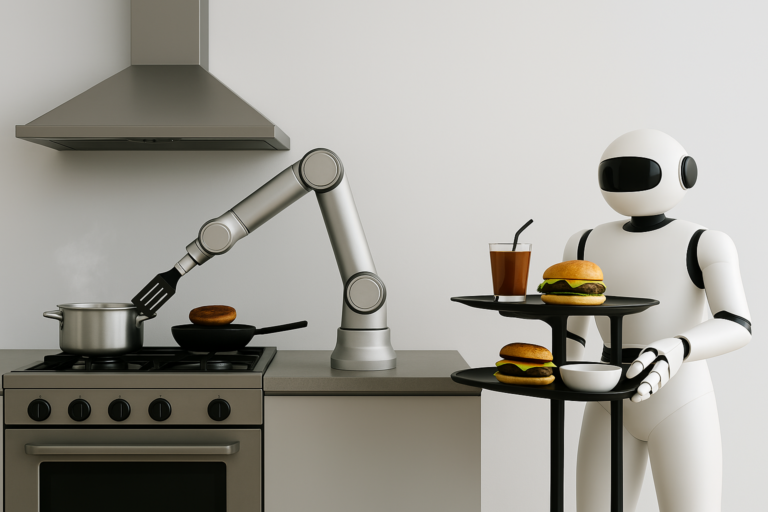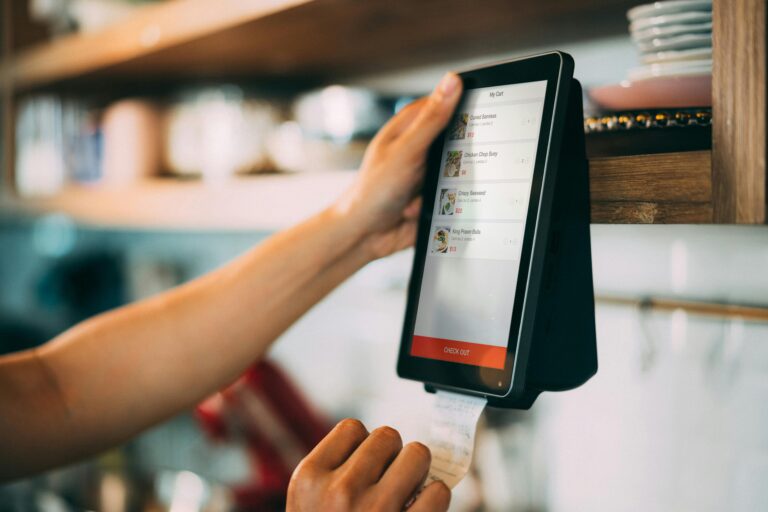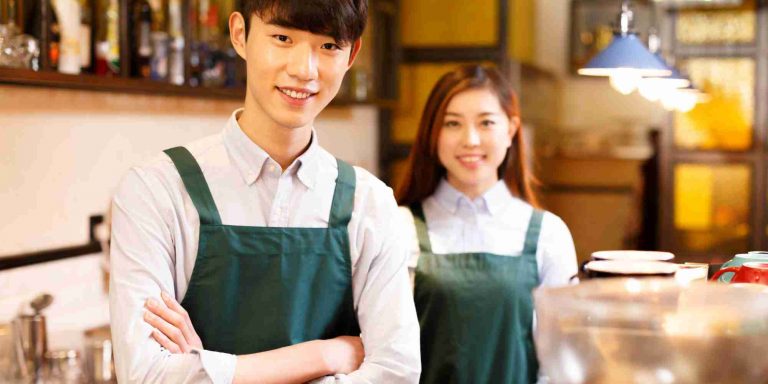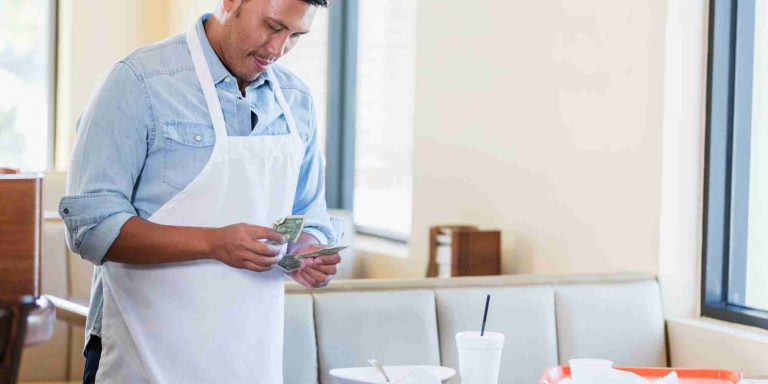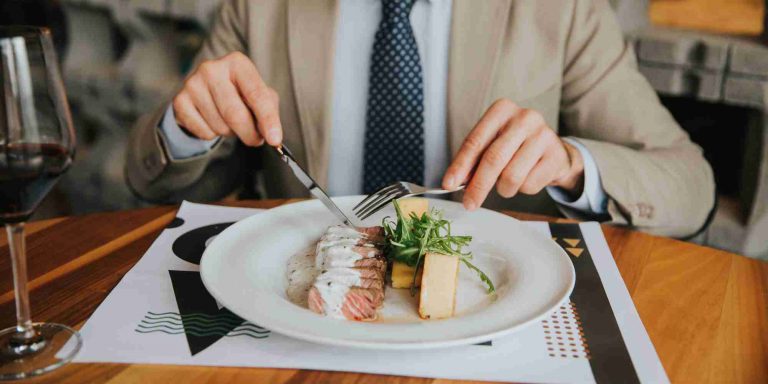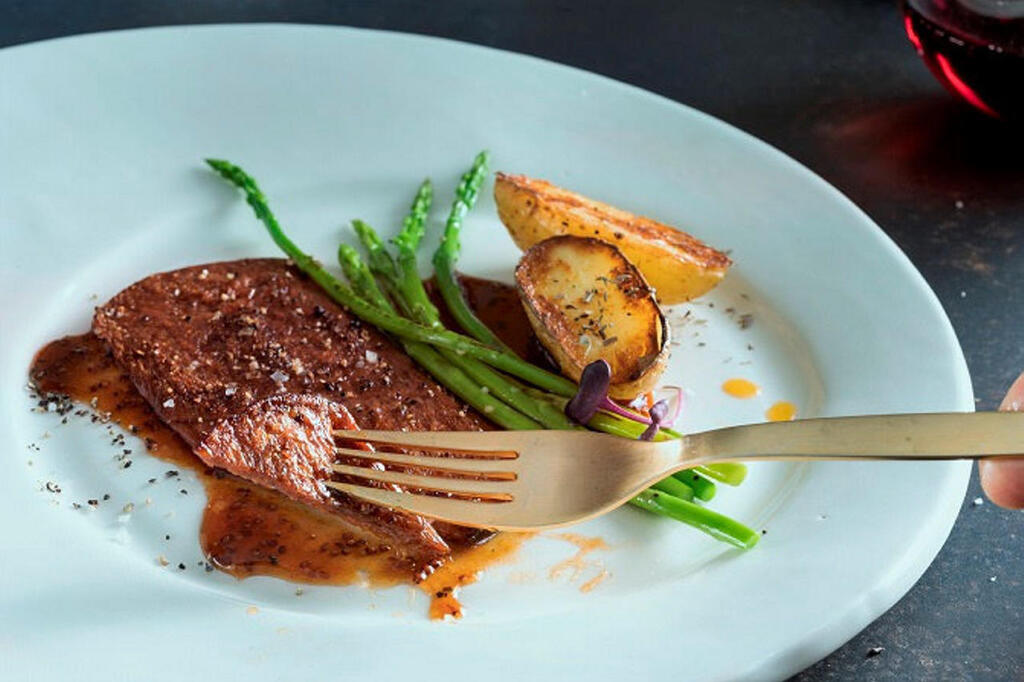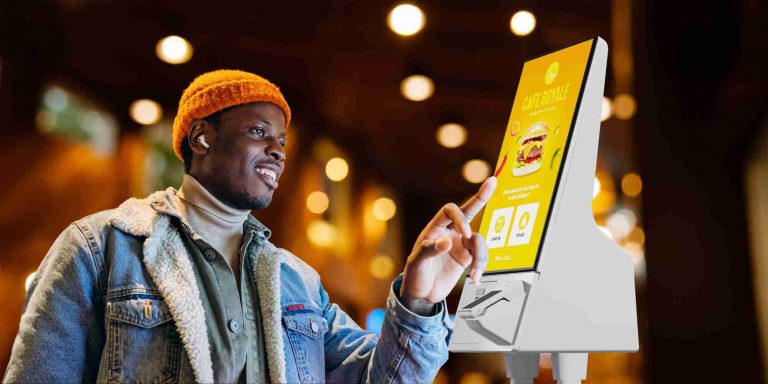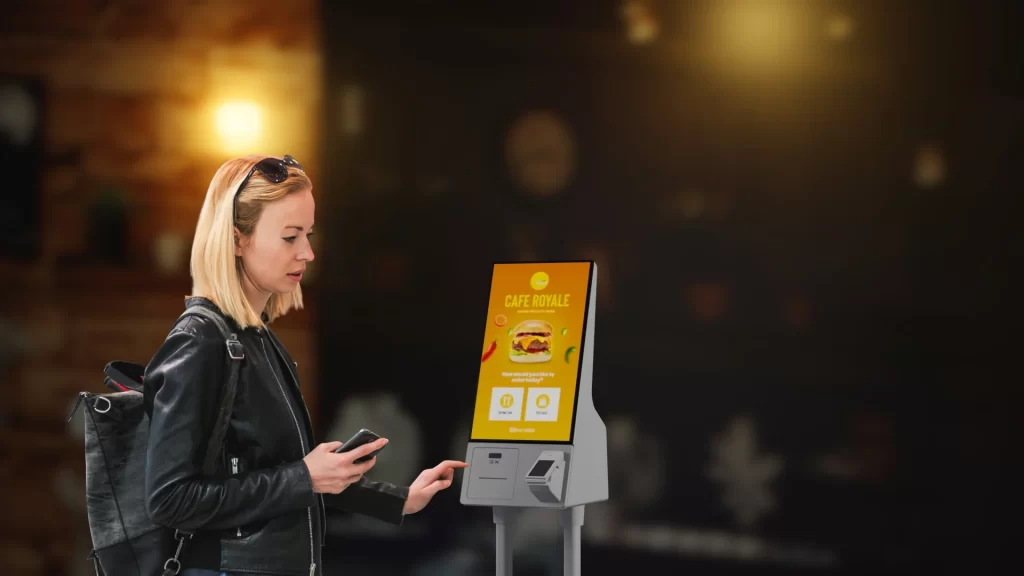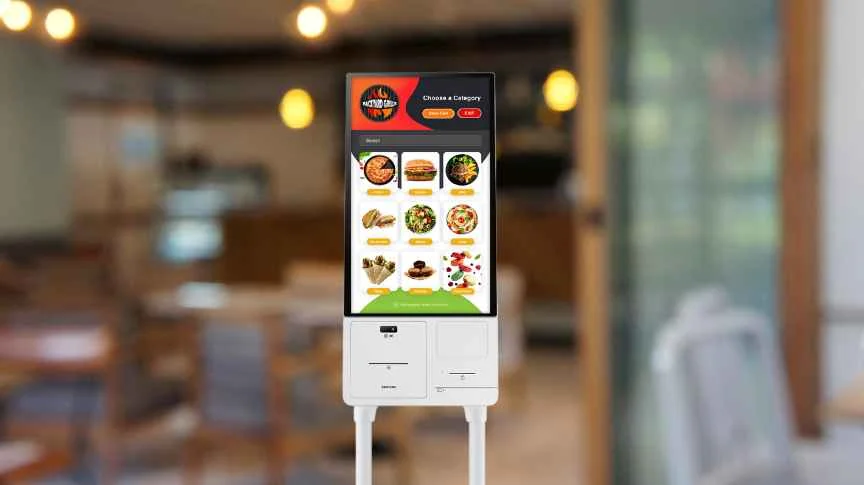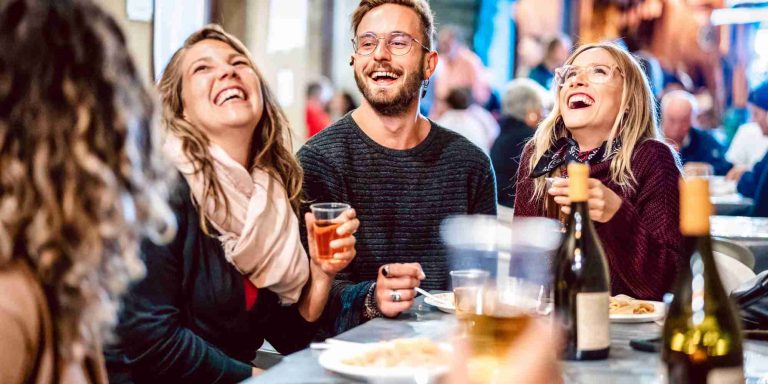From front-of-house to the kitchen line, robots are making their mark on the restaurant industry in ways that go far beyond novelty. No longer reserved for sci-fi movies or international fast-food chains, robots in food service are now a practical solution to real-world problems—labor shortages, operational inefficiencies, and shifting guest expectations.
As automation technology becomes more accessible and affordable, U.S. restaurant operators are beginning to recognize its transformative potential. Whether you’re overseeing a multi-unit franchise or managing a single independent venue, it’s time to look seriously at what robotics can do for your business.
The workforce challenge driving automation
One of the biggest accelerators of robot adoption in food service has been the ongoing labor crisis. Even though the restaurant industry is witnessing growth, labor shortages continue to be a serious challenge, with operators struggling to fill key roles in both front-of-house and back-of-house.
In this context, robots are stepping in not to replace people, but to support strained teams. Automated solutions handle repetitive, time-consuming tasks—freeing up human staff for higher-value interactions and improving overall efficiency.
Key examples of this support include:
- Robotic fryers that manage cooking times with precision
- Dishwashing bots that handle sanitation tasks with minimal supervision
- Service robots that deliver food from kitchen to table, reducing server fatigue
A glimpse inside the robotic kitchen
Today’s smart kitchens are no longer solely defined by connected sensors and cloud-based POS systems. They now include fully automated cooking technologies capable of preparing everything from burgers to grain bowls.
Notable innovations include:
- Automated cooking stations: Miso Robotics’ Flippy is a high-profile example—a robotic arm that fries items consistently without breaks or errors.
- Precision pizza bots: Companies like Picnic Works offer robotic systems that assemble pizzas with precision and speed, reducing food waste and labor costs.
- Wok and stir-fry automation: Robots from companies like Botinkit and Hyphen prepare complex dishes on-demand, with programmable cooking parameters and customizable recipes.
These systems are not just novelties—they’re delivering measurable improvements in throughput, portion control, and consistency.
Service robots: enhancing the guest experience
In the dining room, robots in food service are becoming increasingly visible. From robotic hosts to tray-carrying servers, these machines are improving speed of service while reducing physical strain on human staff.
Popular features include:
- Autonomous delivery: Robots like Servi by Bear Robotics navigate dining rooms autonomously, delivering meals and clearing dishes.
- Voice-enabled hosts: Some brands are experimenting with AI-powered greeters who can manage check-ins, waitlists, and basic FAQs.
- Mobile kiosks: Used in fast-casual and QSR formats, mobile serving robots can also handle payment processing, minimizing friction at busy locations.
These solutions are particularly appealing in high-traffic or labor-constrained environments like airports, mall food courts, and hotel restaurants.
ROI and operational Impact
While upfront investment in robotics may seem daunting, many early adopters are reporting strong returns within 12 to 24 months. The combination of labor cost savings, increased throughput, and enhanced guest satisfaction contributes to a compelling ROI.
Operational benefits include:
- Consistency: Robots follow exact specifications every time, reducing customer complaints related to portioning or preparation errors.
- Speed: Automation streamlines order fulfillment, enabling shorter ticket times during peak periods.
- Hygiene and safety: Robots reduce human contact with food and equipment, minimizing health risks in sensitive environments.
It’s worth noting that many vendors now offer leasing or subscription models, reducing capital expenditure and making these technologies more accessible to smaller operations.
Is your restaurant ready for robotics?
Before jumping into the robotics revolution, it’s important to evaluate your specific needs and operational goals. Here are a few guiding considerations:
- Assess repetitive tasks: Identify jobs that are manual, repetitive, or consistently underperforming.
- Start small: Pilot one robotic solution—such as a fryer or server—and evaluate its performance before expanding.
- Consider space constraints: Some robots require specific kitchen layouts or infrastructure changes.
- Train your team: Human-robot collaboration is most effective when your staff understands how to work with the technology.
- Monitor guest feedback: Involve your guests in the transition and gather their insights—they may love the convenience or have suggestions to improve the experience.
The future is human–robot collaboration
While robots in food service are becoming more common, they’re not a replacement for the hospitality and warmth that define great dining experiences. Instead, they function best as collaborative partners—handling the behind-the-scenes precision so your team can focus on customer connection.
Forward-thinking restaurants are already experimenting with hybrid staffing models, where automation handles prep, plating, or delivery, and staff focus on upselling, storytelling, and curating memorable moments. For further insight into how technology is supporting this shift, you can read our related article, Revolutionize Your Restaurant with AI-Powered Ordering Solutions.
Final thoughts
The rise of robotics in food service isn’t about technology for technology’s sake—it’s a strategic evolution. For restaurant operators navigating high costs, staffing gaps, and changing guest expectations, automation offers both relief and a competitive advantage. Whether you’re considering your first robotic kitchen assistant or exploring full-scale automation, now is the time to explore what’s possible.


